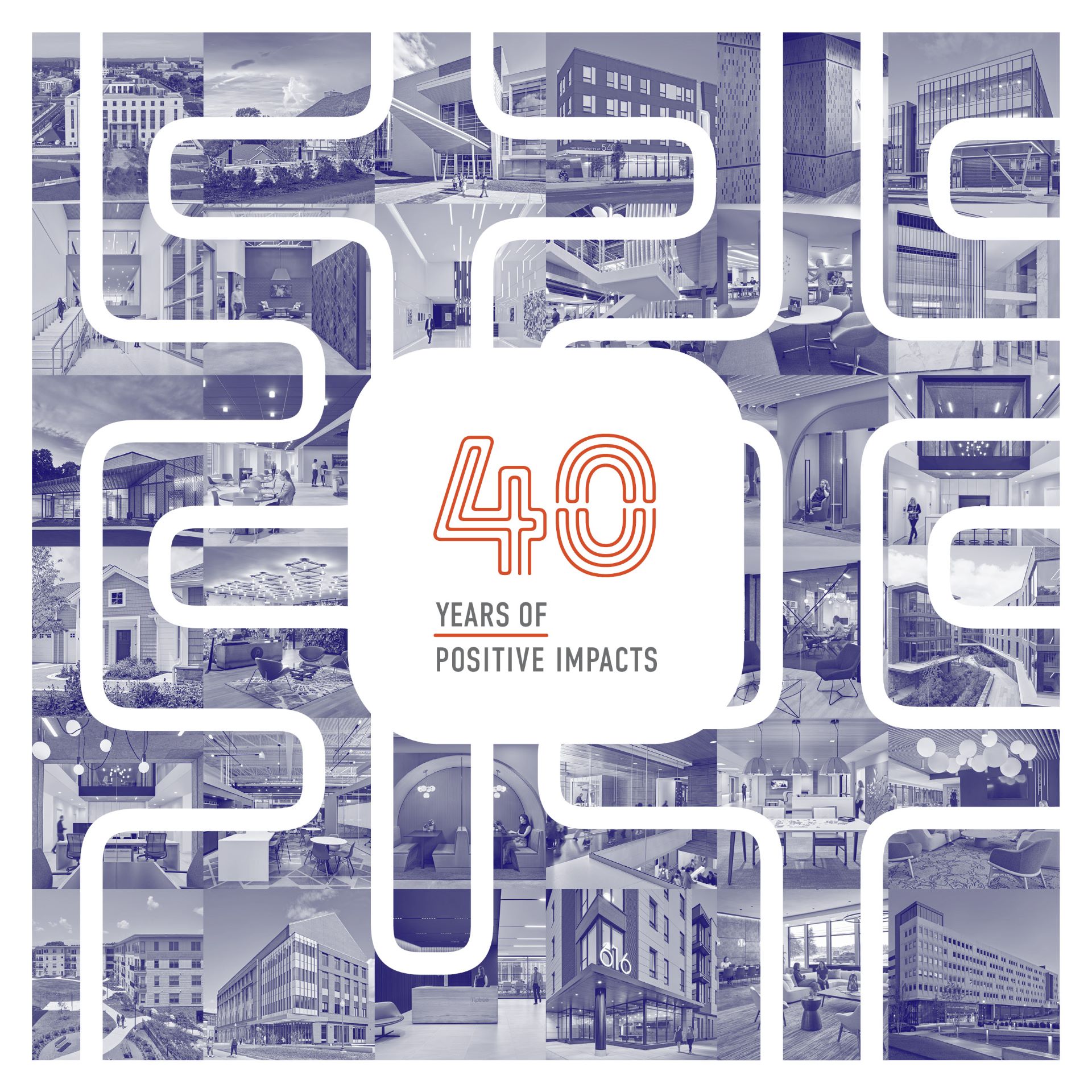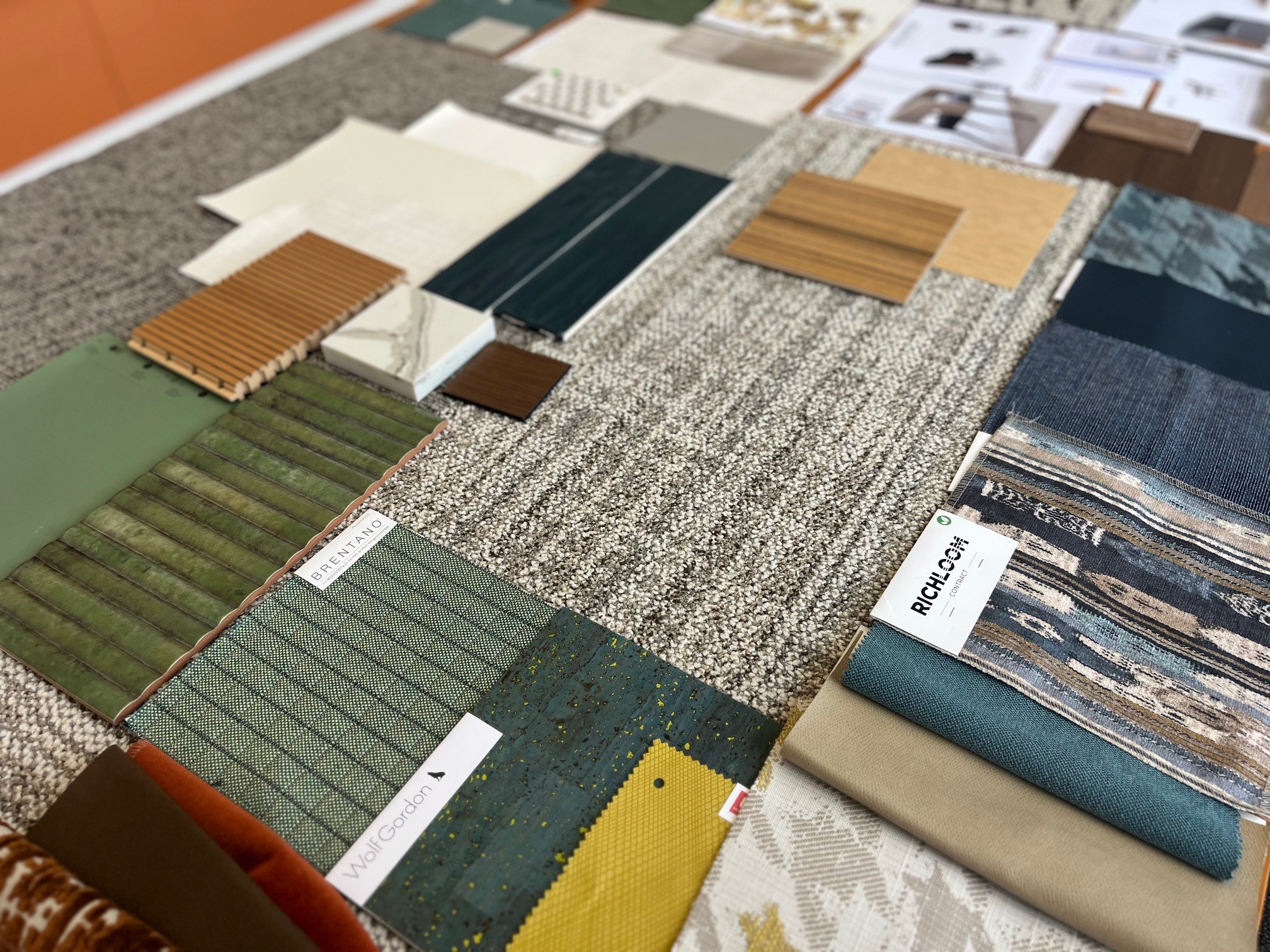Amenta Emma’s Commitment to a Sustainable Design Practice
The built environment bears a substantial responsibility to planetary health, contributing a staggering 42 percent of global carbon emissions and significantly influencing climate change and future landscapes. Sustainable Architecture Week 2024 provides a forum to reflect on our progress and the work we’ve done to change that dynamic.
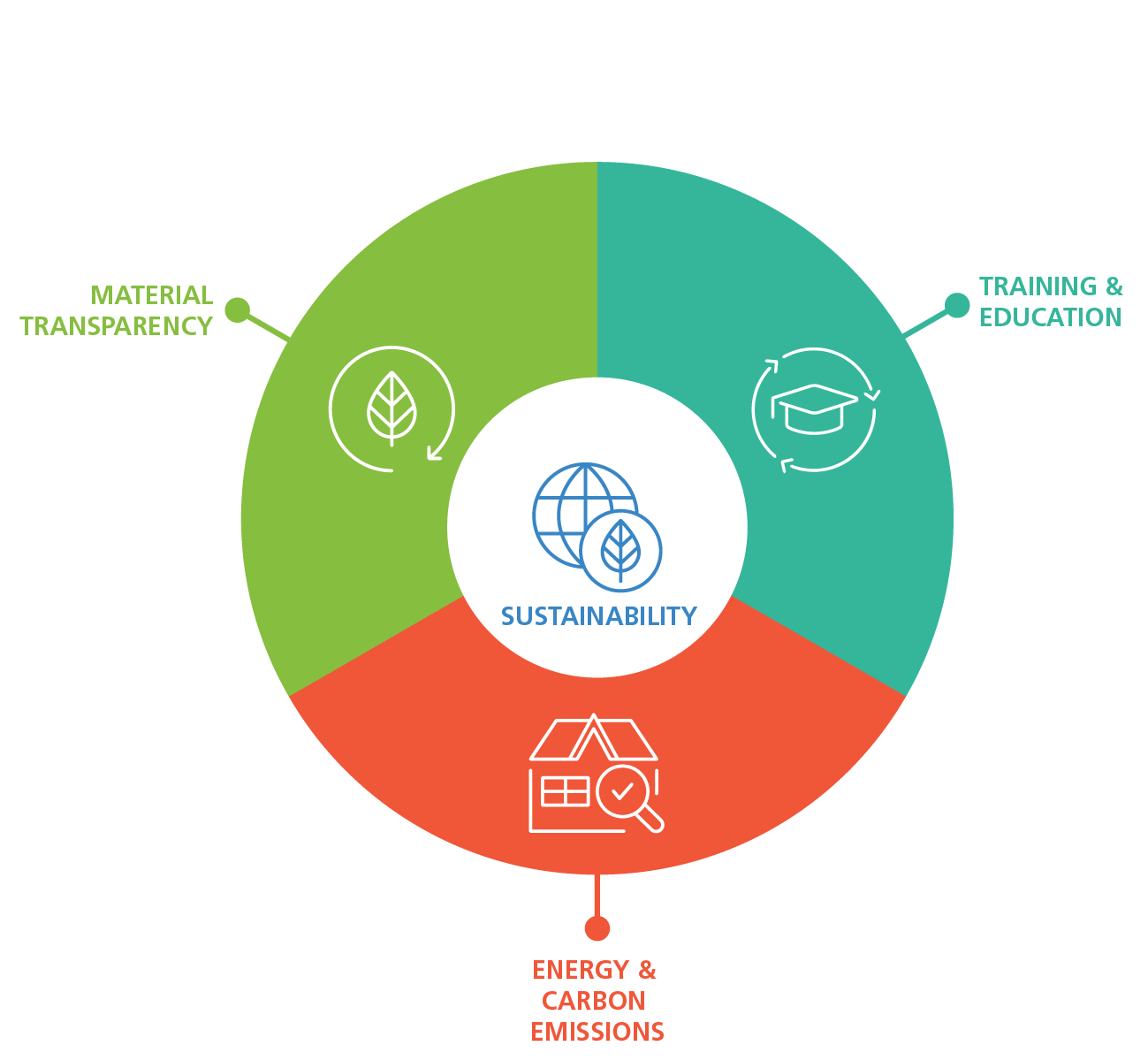
Amenta Emma’s mission is to affect positive change through innovative design, with sustainability as the cornerstone of our approach to creating spaces. We utilize several strategies to reduce carbon emissions throughout our portfolio, including but not limited to, performing early analysis of building environments, adhering to strict material certification standards, and promoting sustainability education among team members.
Amenta Emma follows an iterative design process that emphasizes early analysis of environmental design implications. Consideration of the environments our structures inhabit, and the people who inhabit our structures, helps ensure a final product that is equitable and environmentally conscious. Leveraging digital modeling techniques and add-ons, we meticulously evaluate environmental variables, such as natural light and solar orientation to reduce reliance on artificial lighting and lessen the operational carbon produced from building heating/cooling loads. We empower project teams to prioritize efficient and health-conscious outcomes within their designs, upholding our commitment to creating environmentally conscious spaces that prioritize function and sustainability.
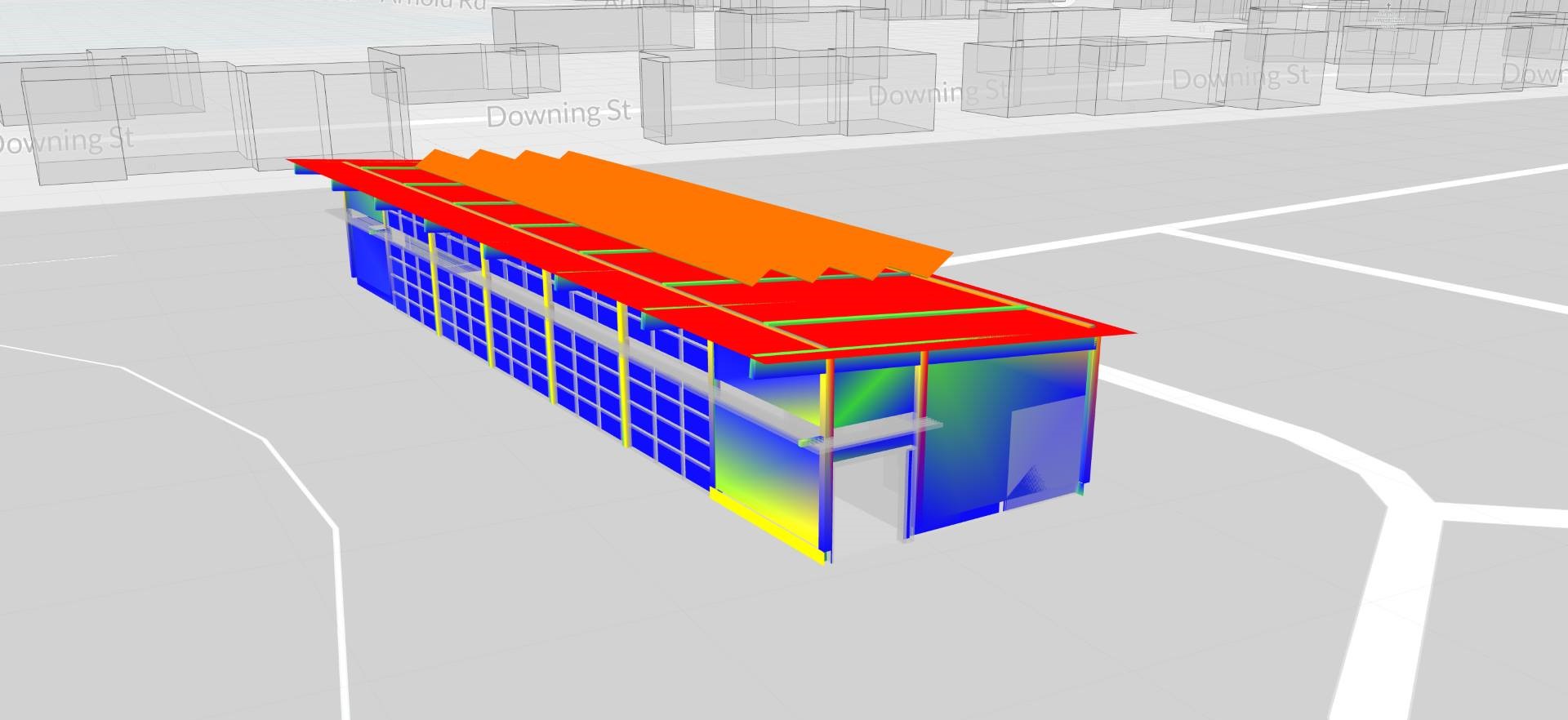
Occupant health is another aspect of sustainability that is important to consider throughout the design process. We champion standards that advocate for the use of healthy, low-carbon impact materials. Recognizing that 90 percent of our time is spent indoors, Amenta Emma has formulated a suite of guidelines for healthy materials, ensuring minimal exposure to harmful chemicals as well as material longevity. We aim to promote mental health and well-being through material choices, emphasizing biophilic design elements and providing warm, comforting finishes. We believe these considerations play a role in defining exceptional design standards.

The green wall at Prolific contributes to the mental health and well being of the occupants.
In order to deliver the best design outcomes, we rely on employees and consultants who understand the necessary considerations for designing sustainable, environmentally conscious architecture. We encourage our team members to work towards accreditations, such as Passive House, Living Futures, and LEED®. By investing in our staff’s professional development, we encourage an environment of constant inquiry and investigation.
Integral to our process is our commitment to “Architecture 2030,” a program with a mission to transform the built environment from a major emitter of greenhouse gases to a central solution to the climate crisis. Its goal is carbon neutrality by 2030. We harness a range of industry tools and metrics to evaluate the carbon footprint of our projects, while remaining attuned to our clients’ goals. Each spring, we analyze our carbon reduction against a target set by “Architecture 2030,” ensuring that our progress towards zero carbon emissions remains on track with the organization’s goals.
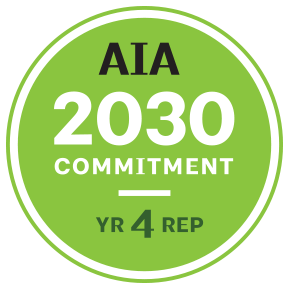
Amenta Emma recently completed its 2023 reporting and received our four-year commitment badge.
By emphasizing sustainability at every project phase, we contribute to a positive impact on occupant health and carbon reduction. We exceed conventional code standards and certification requirements, where possible, to foster innovative solutions, nurture a collaborative relationship with clients, and deliver the best possible design outcome. Sustainability is a cornerstone of our design process.


